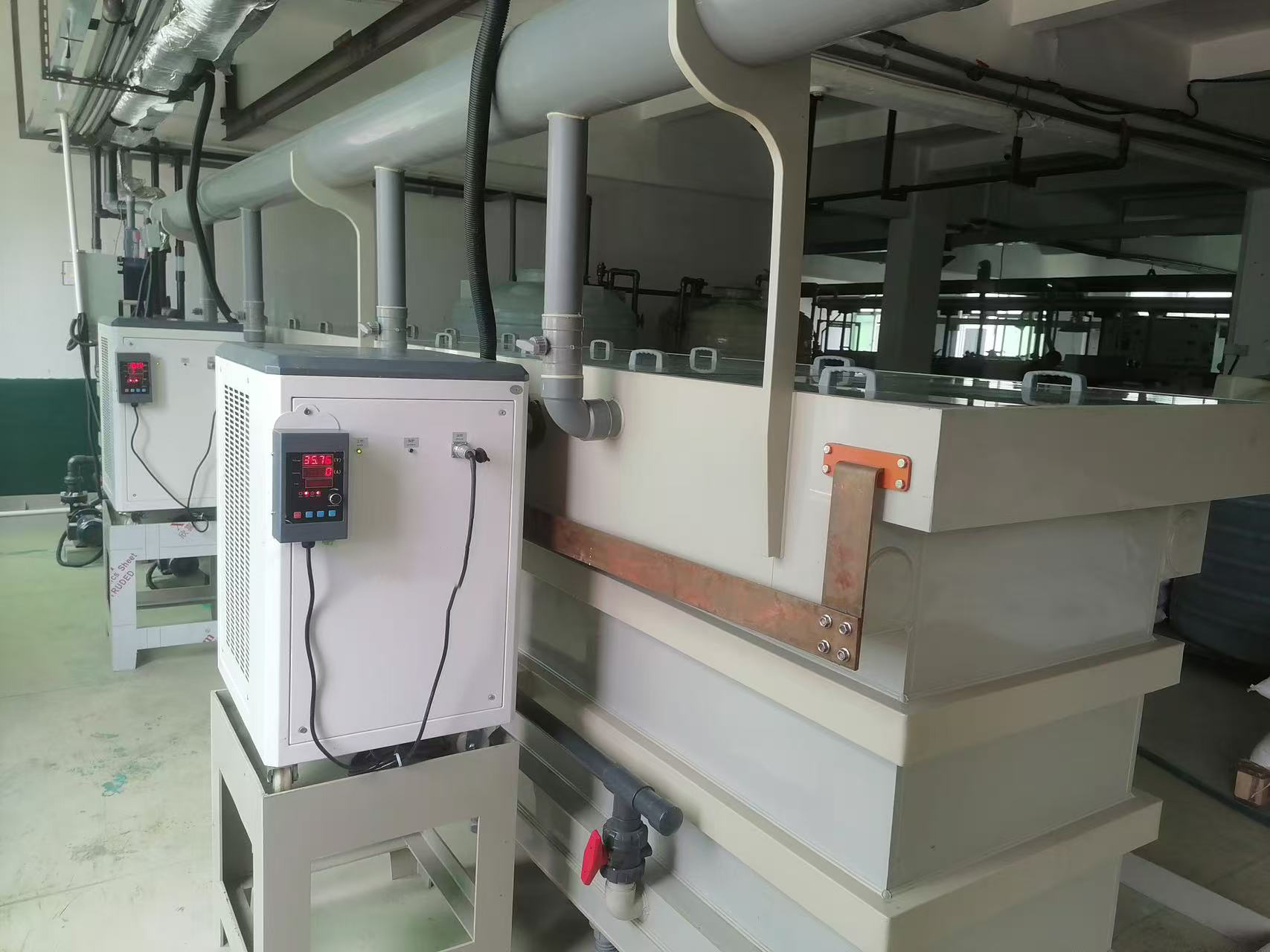NEWS&EVENTS
Home > News&Events > Company news > Is the slurry electrolysis process suitable for all types of antimony ores?
As an efficient metal extraction technology, slurry electrolysis has shown significant advantages in processing certain types of ores. The process is particularly suitable for sulfide ores with high antimony content, such as stibnite and sulphur-stilbite. In these ores, antimony exists in the form of sulfides, which enables the slurry electrolysis process to effectively separate and extract it from the ore. However, it is worth noting that the process is not ideal when processing oxide or low-grade ores, because the antimony element in these ores often exists in other forms or the content is too low to be efficiently extracted by slurry electrolysis.

In practical applications, in order to ensure the best effect of slurry electrolysis, the process parameters must be adjusted according to the specific composition of the ore. For example, when processing high-arsenic ores, the presence of arsenic may interfere with the extraction of antimony, so it is necessary to strengthen the separation and recovery steps of arsenic to reduce its impact on the antimony extraction process. Similarly, for high-lead ores, the dissolution of lead may be mixed into the cathode antimony, thereby affecting the quality of cathode antimony. Therefore, when processing such ores, the dissolution conditions of lead need to be strictly controlled to ensure the purity of cathode antimony.
In addition, when processing complex polymetallic ores, since the ore may contain multiple metal elements, these elements may interfere with each other during the electrolysis process, resulting in reduced antimony extraction efficiency. In order to overcome this problem, it is necessary to optimize the electrolyte composition and achieve selective separation of antimony from other metals by adjusting the type and concentration of additives in the electrolyte. This can not only improve the extraction efficiency of antimony, but also reduce the interference of other metals in the electrolysis process, thereby ensuring the stability and efficiency of the entire slurry electrolysis process.